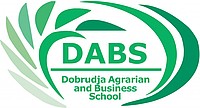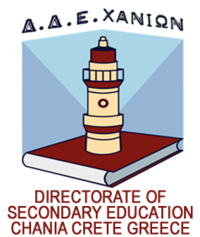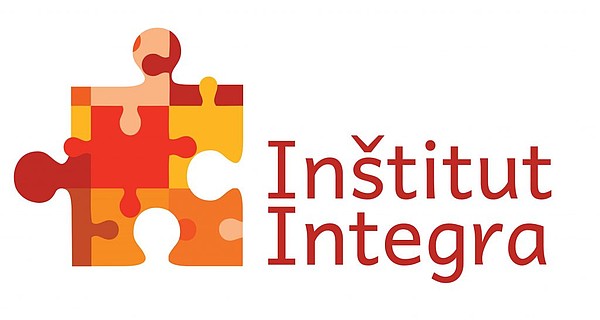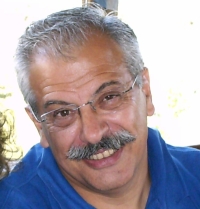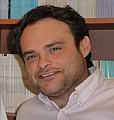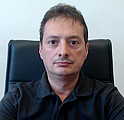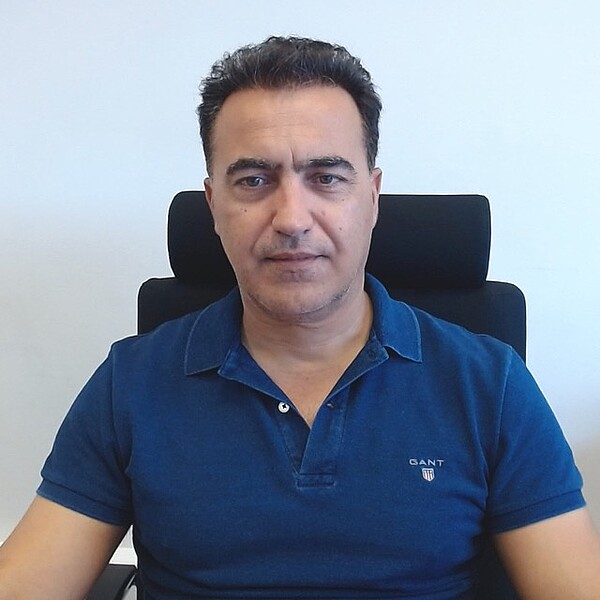
Project Description
Official Website
The purpose of “TIM – Theatre in Mathematics” was to face the main obstacles in the way of teaching and learning mathematics at the EU level. It aimed to improve mathematics teaching and learning, in particular providing a new methodology – the TIM Methodology – to teach mathematics using the theatre workshop and drama.
The project was carried out by COREP – Social and Community Theatre Centre of the University of Turin (IT), Western Norway University of Applied Science – HVL (NO), Technical University of Crete (GR), ASTA theatre company (PT), and DORS – Regional centre of documentation for health promotion (IT).
A New Methodology
The project developed the TIM Methodology by deepening and combining two existing approaches: “Mathemart – Playing with mathematics in the theatre workshop” and “Process Drama – change of roles, perspectives, and role aspects in teaching mathematics.”
Mathemart is a new approach that consists of teaching mathematics through the Social and Community Theatre (SCT) methodology of the University of Turin. Mathemart uses SCT to get students involved in the game of mathematics by means of theatrical games and activities: an overall approach that includes mind and body, inborn creativity, and engagement. This theatrical setting conveys a creative, playful, and trusting atmosphere, enabling students to freely explore without judging what they are doing, learning from mistakes in a sequence of trial and error.
Process Drama, developed by the HVL University of Bergen, aims at changing the teacher-dominated pattern of communication by introducing and exploring roles and role aspects (the skeptic, the curious, the authority, the mediator) to create more student-active learning processes, emphasizing the ability to change roles and perspectives in a learning process with arguments more than just answers.
The TIM Methodology was built taking into account the four partner countries' education systems in order to have a flexible and adaptable tool for each national and regional context. The manual described its potential for adaptation to any context or level of literacy of the students within the range of 8-14 years old.
Project Outputs
Besides the TIM Methodology manual, the project produced other intellectual outputs: the e-learning platform, a series of theatrical conferences, and scientific articles. On the TIM e-learning platform, users were able to find in digital formats all the outputs of the project, to share and exchange digital learning resources related to the methodology. The theatrical conferences dealt with the theme “The fear of mathematics” and were realized and shown to at least 600 stakeholders (teachers, insiders, etc.) by four actors (one per country) who were trained to spread the conference in their own countries. Researchers involved in the project worked at the production of four scientific articles about the TIM Methodology and the outcomes of the activities, inquiries, and explorations carried out during the project.
The Target
The main target group of the project included teachers and student teachers. A specific TIM training of teachers was developed: 20 experts, five per country, were trained to train teachers, and at least 400 teachers were trained in the TIM Methodology. The project focused on teacher training in order to reach, as a secondary target, the largest number of students thanks to the multiplier effect of the trained teachers. It was foreseen that in the first year after the end of the project, at least 16,000 students in Europe would benefit from the TIM methodology. After the project, the group of 20 trainers was able to continue the training of teachers in their own country with the support of the regional/national school offices already involved in the project. It was expected, at the end of the project, to have resident trainings in TIM Methodology in the partners’ Universities and institutions.
Other secondary and long-term targets were the institutions, existing projects, and associations involved in teaching mathematics: from the Universities to local schools, from European projects and networks to the local ones.
The E-Learning Platform
The e-learning platform was the virtual place where all these professionals could meet, exchange opinions and materials using the repositories. It was the place where it was possible to share knowledge about TIM. This improved their way of teaching mathematics and fostered the creation of a community of professionals using TIM, exchanging knowledge and spreading the methodology and the tools among their networks. This virtuous cycle of professional knowledge sharing brought tangible enhancements in the classrooms, and as the quality of teaching improved, the students indirectly benefited from the project.
Project Publications
- Moumoutzis, N., Pappas, N., Xanthaki, C., Perrakis, S., Maragkoudakis, Y., Christodoulakis, S., &Paneva-Marinova, D. (2021). Coursevo: A multimedia online learning platform to support Onlife communities and its extension with Gamification Facilities. Retrieved February 16, 2022
Consortium
Contract Info
Funding Programme:
EACEA: ERASMUS+
Period: 2018 - 2021
Lab Funding: €64K
Contract No:
2018-1-IT02-KA201-048139
